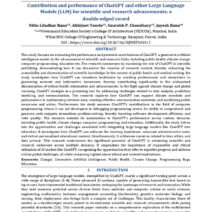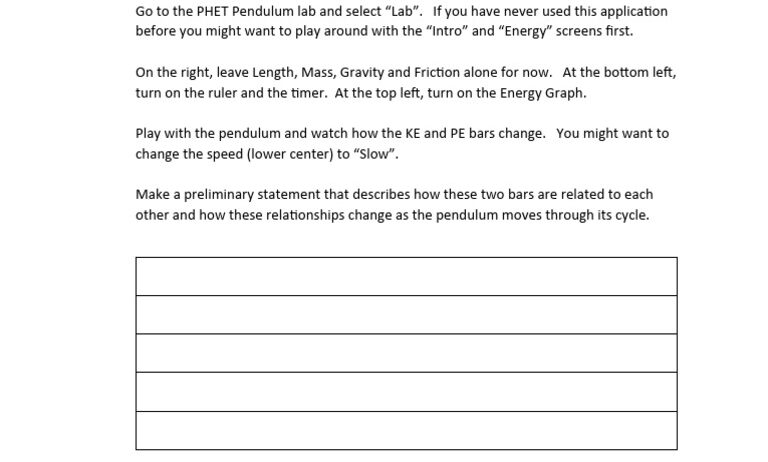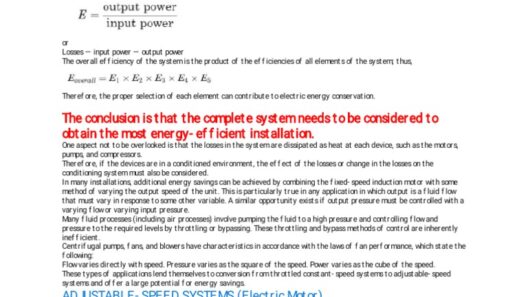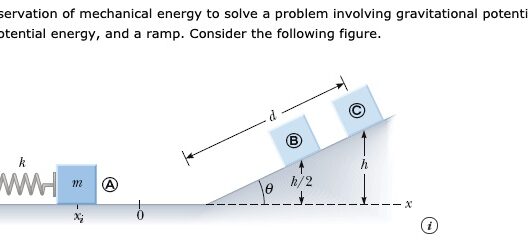The pendulum swing captivates the imagination, a rhythmic dance that embodies the principles of mechanical energy. At first glance, it is merely a weight suspended from a string or rod, yet upon closer examination, it reveals some profound physical truths. As it swings to and fro, the behavior of energy becomes a spectacle of conservation—a symphony of potential and kinetic energy in perpetual motion. But the question arises: is mechanical energy indeed conserved during a pendulum swing?
To understand the intricacies of this dance, one must first delve into the definitions of mechanical energy. Mechanical energy is a culmination of potential energy (PE) and kinetic energy (KE). Potential energy is the energy stored in an object due to its position, while kinetic energy is the energy of motion. In the context of a pendulum, potential energy reaches its zenith at the extreme points of the swing—the apex of its motion—while kinetic energy is maximized at the lowest point, where all forces conspire to propel it at maximum velocity.
The conservation of mechanical energy postulates that in an ideal system—absent of external forces like friction or air resistance—the total mechanical energy remains constant. Picture a pendulum, swinging gracefully from one side to the other. At height, it is poised, potential energy swelling within it, akin to a coiled spring ready to release its stored energy. As it descends, this potential energy morphs into kinetic energy, transforming it into a vivid tapestry of motion. This transformation of energy symbols a deeper truth: energy is neither created nor destroyed; it merely transmutes from one form to another, perpetually cycling through its manifestations.
Yet, in the real world, the most elegant of theories often encounters imperfections. As the pendulum swings through the air, it is met with resistance—both friction at the pivot point and drag from the air surrounding it. These forces dissipate energy in the form of heat, thus complicating our previous assertion of perfect conservation. How, then, can we reconcile the ideal with the real?
To illustrate this, envision the pendulum as a fleeting moment—a dancer suspended in time. The impeccable precision of its arcs is disrupted by subtle imperfections inherent in nature. As it swings, energy leaks away like an artist’s masterpiece slowly vanishing under the weight of entropy. What remains is a lingering dance, mesmerizing yet marked by an ever-declining amplitude on each subsequent swing. This attenuation of motion serves as a reminder: energy, though transformed, is seldom retained in its totality.
Moreover, the pendulum exemplifies the principles of harmonic motion, indicating a balance between restoring forces and inertia. The moment of transition between potential and kinetic energy is akin to a metamorphosis, wherein the pendulum’s trajectory is dictated by gravitational pull and the initial impetus imparted at its release. In this way, the pendulum becomes a compelling metaphor for life itself—a journey of rise and fall, of potential waiting to be realized and kinetic energy rushing forth in passionate expression.
In open scrutiny, one may assert that while mechanical energy is theoretically conserved, the reality of external influences cannot be downplayed. Friction and air resistance are relentless opponents in this exquisite battle of energies, and while the total mechanical energy fluctuates, the internal dynamics within an isolated pendulum system will often be a theatre of conservation—albeit not in the absolute sense.
In practice, the pendulum serves as a fundamental demonstration of energy conservation, bringing physics to life in myriad educational settings. Consider classrooms where students, brimming with curiosity, observe the pendulum’s swing, charting its journey between potential heights and kinetic peaks. As an educational tool, it paves the way for deeper understanding. Students learn to discern the subtle interplay of forces, fostering a comprehension that transcends the mere observation of mechanical movements.
Furthermore, the allure of the pendulum extends beyond its academic value. The pendulum possesses an intrinsic charm, a reminder of the delicate balance that governs the universe. It humbles us; its predictable yet mesmerizing pattern offers solace in a world often rife with chaos. The pendulum’s cadence resonates like a heartbeat, inviting contemplation—a reflection of the oscillations that characterize our own lives.
In the grand scheme, understanding whether mechanical energy is conserved in a pendulum swing requires a nuanced examination of energy dynamics. Perfect conservation, as posited by ideal conditions, stands robust, yet the imperfections of the real world introduce variables that inhibit absolute retention. Friction, drag, and energy dissipation sculpt the pendulum’s performance, rendering each swing a unique event steeped in complexity.
As enthusiasts of physics and nature’s intricate workings, we are reminded that the encounters of energy—its conservation, transformation, and occasional leakage—are woven into the very fabric of existence. The pendulum shines as a beacon of mechanical principles, an enduring symbol of motion that enthralls and educates in equal measure. Whether as a scientific tool or a lyrical metaphor for human experience, the pendulum persists as a testament to the beauty and complexity of the energetic dance that is life itself.








